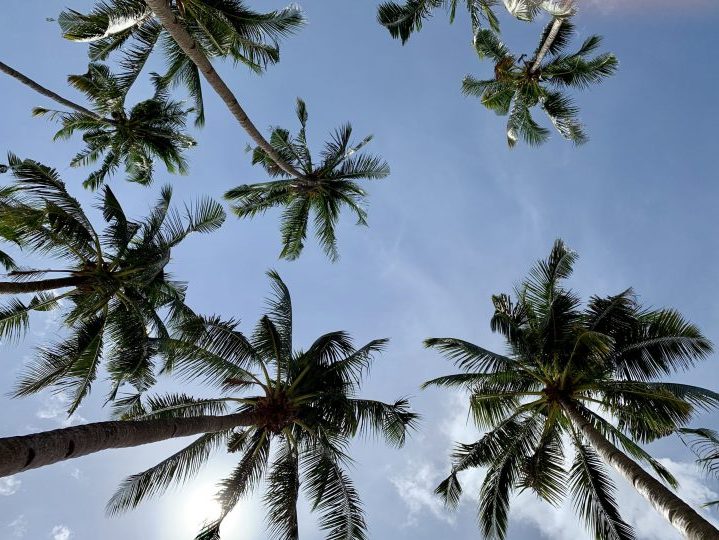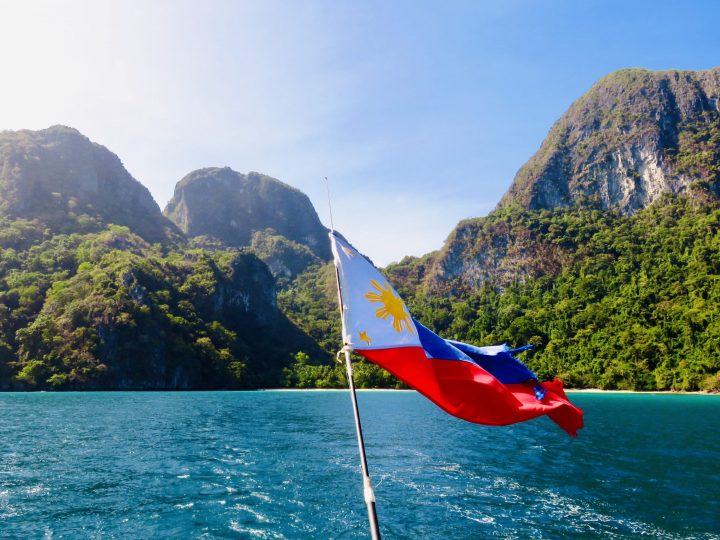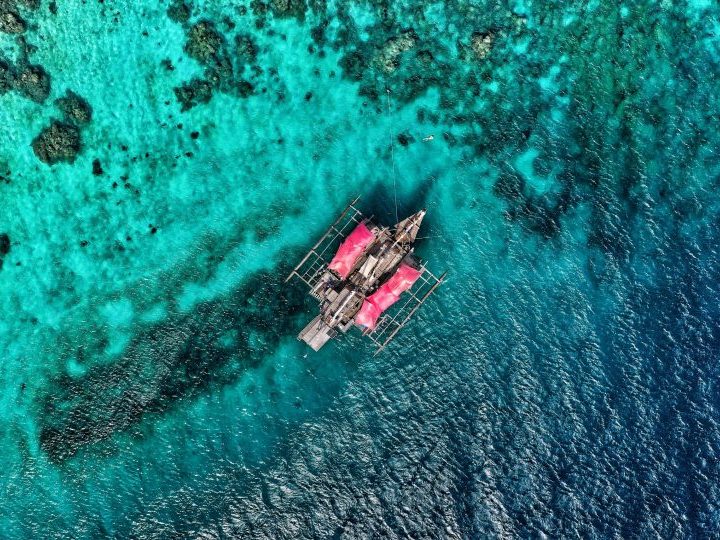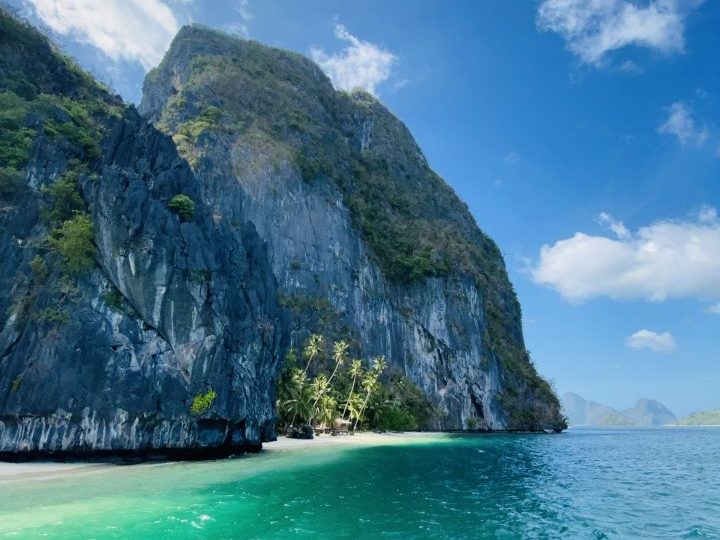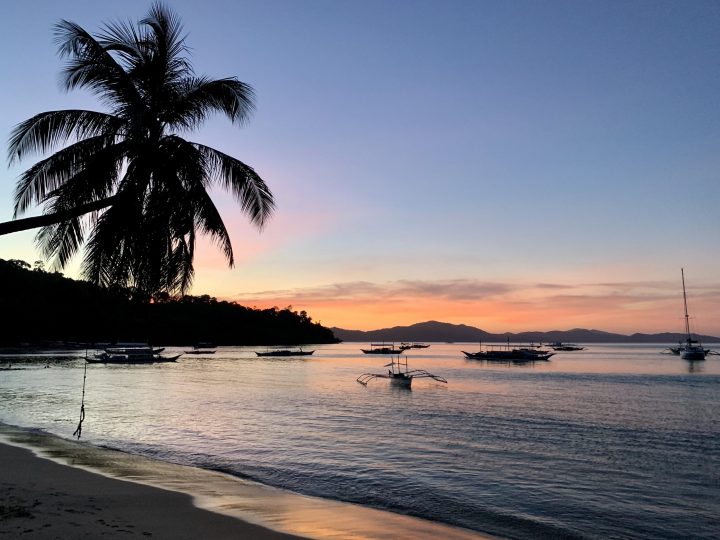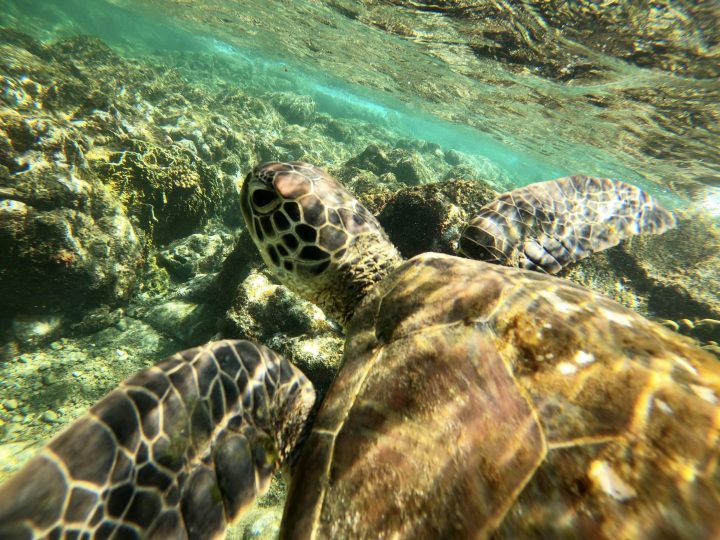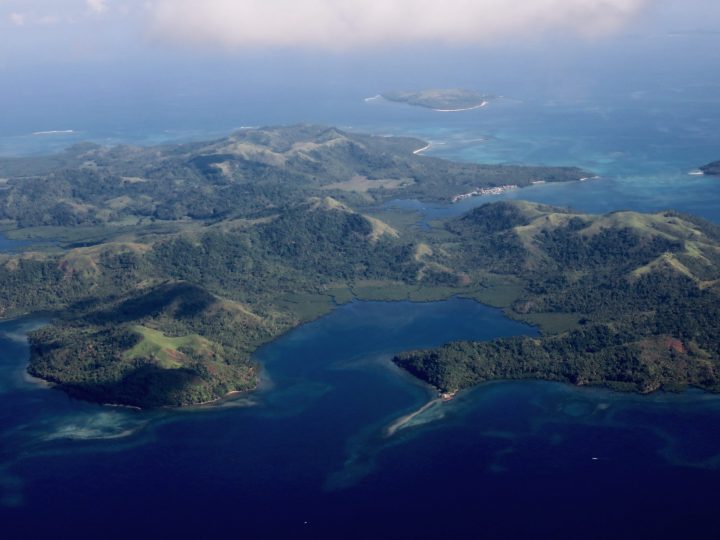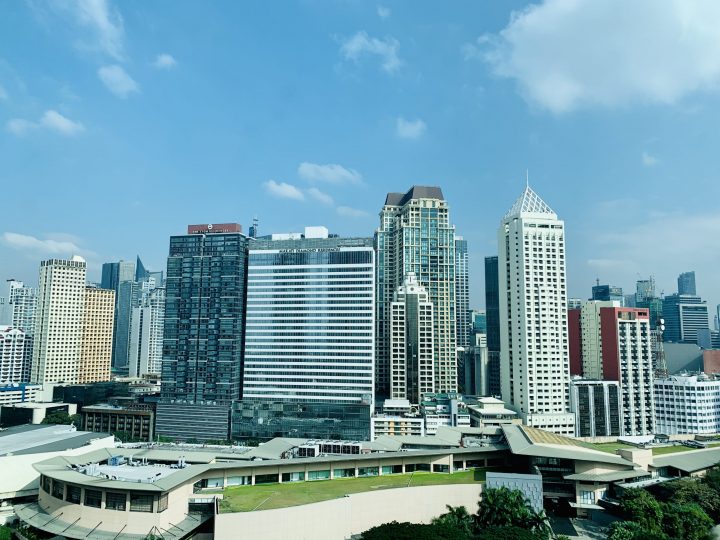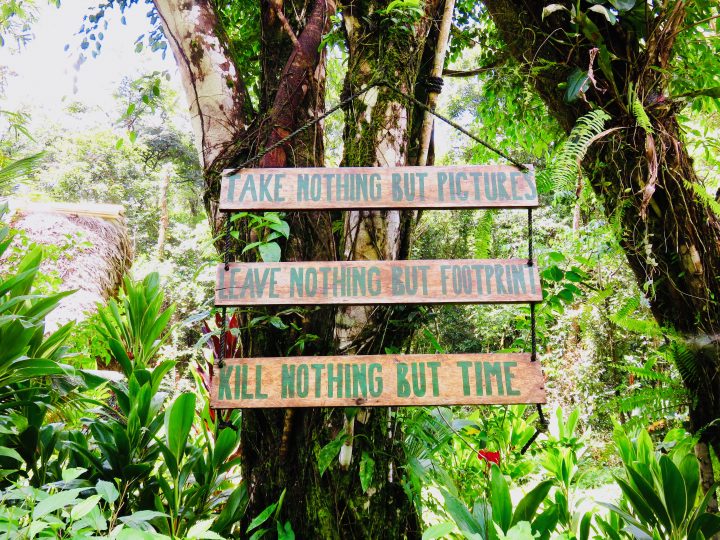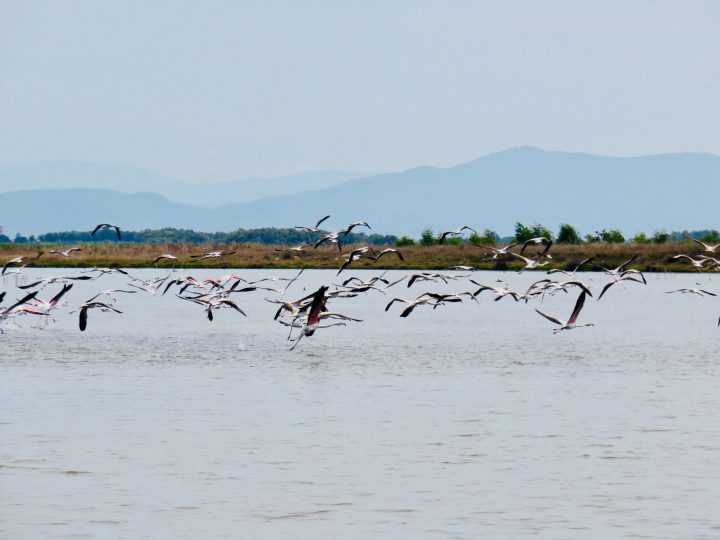Visa for the Philippines
As a Dutch citizen we don’t need to request a Visa, we get one in our passport for 30 days. Travelers must hold a valid return ticket to country of origin or next country of destination and the passport must be valid for at least six months after the stay in the Philippines. You have to prove a onward ticket to leave the country. Please check your visa status when traveling to the Philippines, each country has different agreements.
Vaccinations for the Philippines
Several websites show different recommendations for vaccinations. For the Philippines you are required to have these standard essential vaccinations: Measles-Mumps-Rubella (MMR) vaccine, Diphtheria-Tetanus-Polio vaccine and varicella (chickenpox) vaccine. I got an extra shot of Measles because I was not sure I got it in the past and to make sure I was covered I took a shot. Beside these vaccinations I have the recommended vaccinations: Yellow Fever, Hepatitis A and Typhoid. Optional vaccinations are Hepatitis B and Rabies.
I got a 3 days emergency package of Malaria pills with me. Have you been feverish or flu-like in the tropics for more than 24 hours? Keep in mind that it may be Malaria. Go to a hospital to have your blood tested for Malaria. Preferably consult with your travel insurance company about a good hospital on the spot. Does research show that you have Malaria; use the emergency package of Malaria pills (Malarone) as treatment; no need to take the pills during the whole trip. Bring DEET mosquito prevention with you anyway. Areas in the Philippines with risk of malaria are Palawan and Mindanao Islands, none in Metropolitan Manila and other urban areas.
 Safety in the Philippines
Safety in the Philippines
I wrote a separate blog on Safety during my travels; Travel Tips to keep Safe. You always have to be careful, but Asia is known to be safer than Middle and South America. I haven’t felt unsafe for a minute in Philippines. The most danger is the nature danger like; typhoons, earthquakes and volcano eruptions. Just before I left Mt Taal erupted and flights were cancelled, I was lucky that I could depart.
Be Aware: Kidnappings occur in the south of the Philippines and in the southern sea and island destinations. Usually for ransom. The risk of kidnapping is especially high in the province of Zamboanga del Norte on the island of Mindanao and on the Sulu islands.
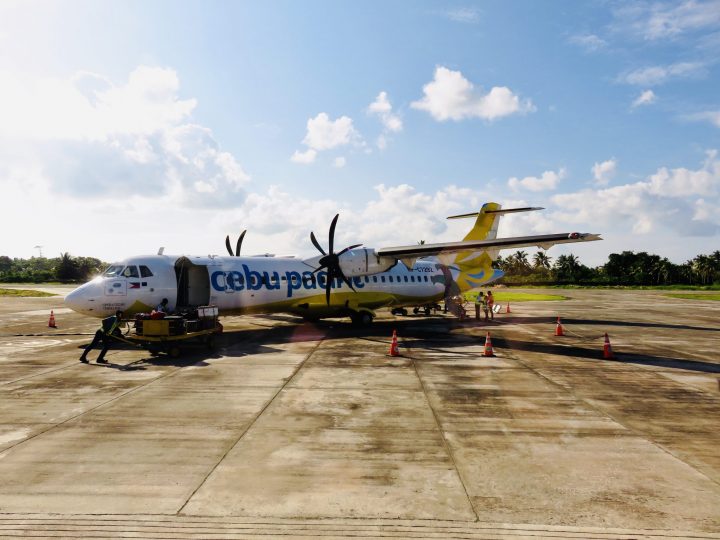 Transport in the Philippines
Transport in the Philippines
I found it very easy to travel in the Philippines; tour operators or locals that want to help you are everywhere. Transport via ferries and flights went smooth; all depending on weather conditions of course. The distances in Philippines are long and exits of thousands of island, transport via water or air is essential. Flights make the trip easy and fast and the ferries go often and on time but take more time. All my transport went on time during my holiday; ferry, plane, tours everything. This could be different during typhoon season. Be aware the roads on the islands are not always the best…..
Before boarding the ferry use the following order:
- Buy ferry ticket in advance, preferably couple days in advance some routes go fast (ie. Bohol directly to Siquijor)
- Be one hour in advance at the port
- Check-in with your ferry ticket
- Pay the terminal fee at the terminal ±20PP
- Check in your big luggage
 From the ports or airports I normally took a shuttle or tricycle to the hotels and vice versa. I booked some organized boat tours and I rented a motorbike to explore the islands. Domestic flights are very common in the Philippines and save a lot of time compared to the ferries. Be on time to book you flights, to be sure you have a spot and for a reasonable price. I flew with both Cebu Pacific and Swift Air.
From the ports or airports I normally took a shuttle or tricycle to the hotels and vice versa. I booked some organized boat tours and I rented a motorbike to explore the islands. Domestic flights are very common in the Philippines and save a lot of time compared to the ferries. Be on time to book you flights, to be sure you have a spot and for a reasonable price. I flew with both Cebu Pacific and Swift Air.
Due to the natural circumstances book flights that are flexible and with enough time in between. If the ferry is cancelled you can miss your flight, it good to be flexible here in the Philippines.
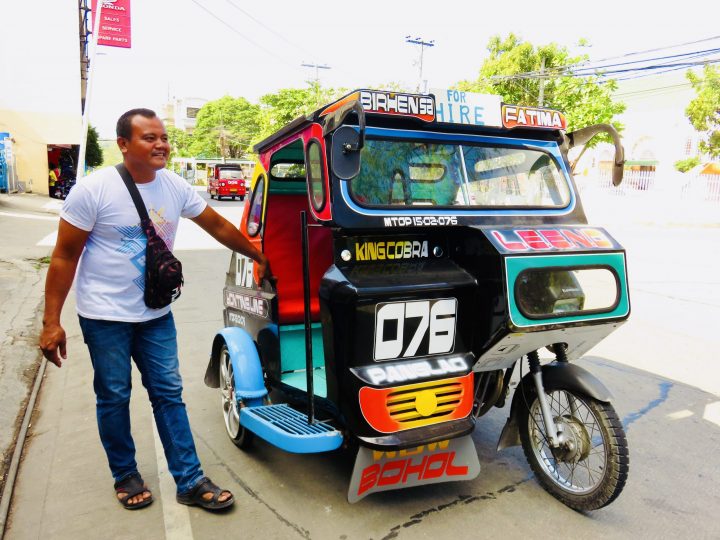 Money in the Philippines
Money in the Philippines
In the Philippines the local currency is the Philippine Peso (PP in my blogs). For 1 USD you get ±50PP (depending on the rate). At most of the ATM’s around the Philippines I could get cash out of the machines with my Credit Card and Maestro Debit card; be aware that the bank charge you transaction cost. Most of my accommodations where paid in advance via Booking.com. I used my Credit Card a couple of times but most of the payments are in cash. Compared to Europe, the Philippines are very cheap. It depends on which island you are; the more touristic place could get more expensive like El Nido, Coron and Bohol, but Siquijor, Siargao and Port Barton are cheaper.
 Weather in the Philippines
Weather in the Philippines
The Philippines are spread among a great area with thousands of islands. There is not one climate and one type of weather for the entire Philippines. I visited Philippines in the high season (Dec- Apr) from half of Jan to half of Feb and witnessed almost no rain except for Siargao. For Siargao August to October is the dry season, like the most of the western part of the Philippines. Please check in advance the seasons, that is why I started in Siargao and ended in Palawan, I didn’t want to end my travels in potential rain.
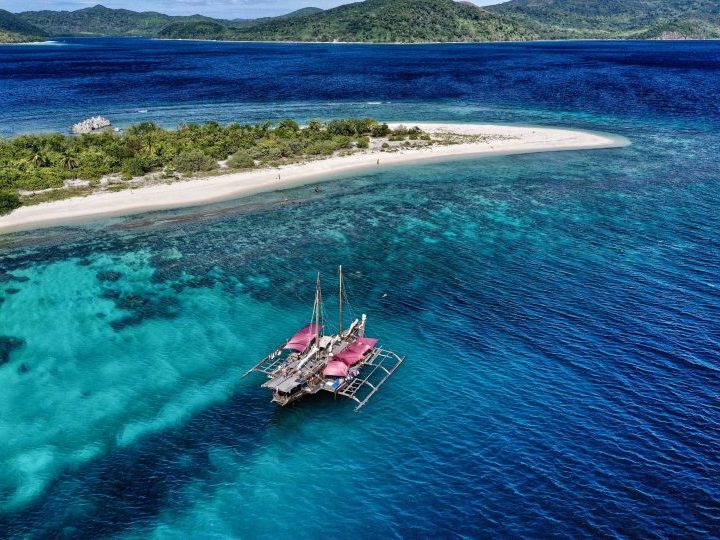 Other Tips for the Philippines
Other Tips for the Philippines
Get yourself a SIM card with some credit to be online during the trip. At the airport you can buy the SIM card at one of the booths at the terminals. I bought a Smart with 18G for 4 weeks for 1000 Philippine Peso/± 20 USD. The woman helped me to install the SIM card on my phone. In the main bigger hotels and restaurants you have good WIFI connections.
Before I left to the Philippines I already downloaded this country in my Maps.me app. This is an offline map provider. You download parts of a country in advance where you intend to go. This was very helpful with the motorbike, when there was no reception and you still can find your way!
Bring your own water bottle, here in the Philippines the environment and plastic is on the top of the agenda.
 The local language in the Philippines is Tagalog or Filipino, but almost everybody speaks English. This due to the American presents in the past, similar for some Spanish words as well. Due to the Spanish influences 85% of the people in the Philippines are Catholic. That is why every Philippine village has a church and a basketball field.
The local language in the Philippines is Tagalog or Filipino, but almost everybody speaks English. This due to the American presents in the past, similar for some Spanish words as well. Due to the Spanish influences 85% of the people in the Philippines are Catholic. That is why every Philippine village has a church and a basketball field.
Have you already made a decision on your route yet, check here for a suggestion?!

